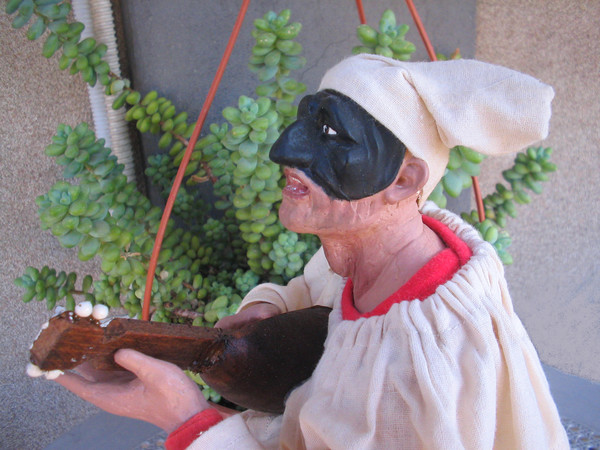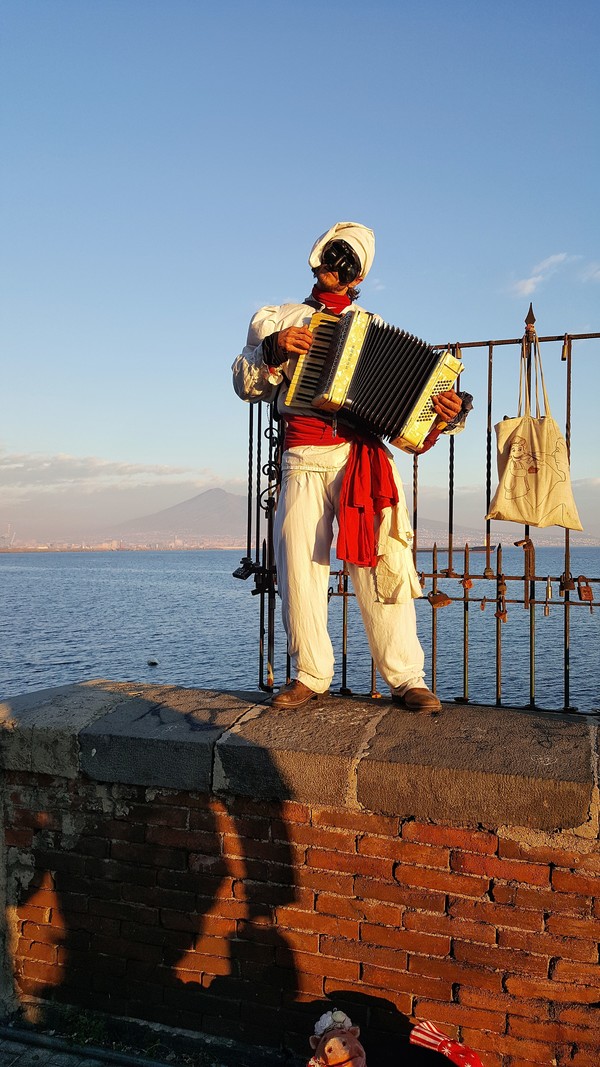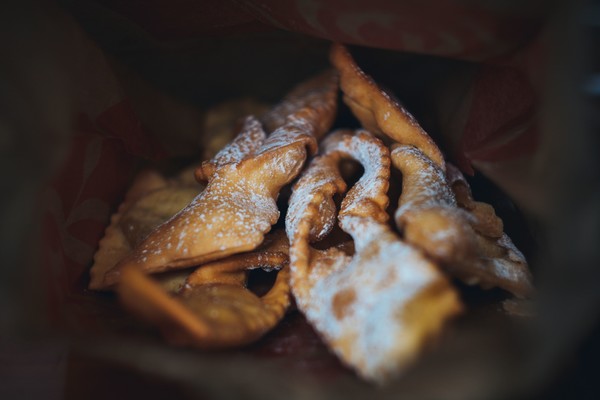Campania’s Carnival: an Italian Tradition

[아츠앤컬쳐] 이탈리아의 유명한 카니발 축제에서는 지역의 고유 전통과 특산품을 함께 볼 수 있다. 특히 캄파니아의 카니발 축제는 태피스트리가 유명하다. 캄파니아의 카니발 문화는 고대 나폴리 마스크 극장과도 긴밀한 관련이 있다. 이 축제는 이탈리아에서도 가장 매혹적이고 독특한 카니발 전통이라 할 수 있다. 그 중 메르콜리아노에서는 19세기에 시작된 희비극 ‘제자’가 공연되는데, 캄파니아의 다른 도시의 카니발 축제에서도 볼 수 있다.
캄파니아의 카니발 축제는 전통 무용 ‘타란텔라’에서도 영감을 받았는데, 가면을 쓴 무용수가 공연하며, 마을의 주도로를 따라 가면무도회 퍼레이드를 펼친다. 예를 들면, 테오라의 축제는 전통 가면과 공연으로 기쁨과 즐거운 분위기를 조성하며, 아그로폴리에서는 사회성과 예술성을 반영하여 우화적 마차와 음악으로 즐거움을 표현한다.
이러한 축제는 단순한 이벤트가 아니라 캄파니아 사람들과 땅 사이의 공동체, 역사, 끈끈한 유대감의 살아있는 표현이다.

Carnival celebrations in Italy are renowned worldwide, but what many may not realize is that each region – from the North to the South and everything in between – boasts its own unique traditions and specialties. Among these, the Carnival celebrations of Campania stand out, offering a rich and fascinating tapestry of customs that reflect the region's deep historical and folkloric roots.
Some of Campania’s Carnival traditions date back to the Middle Ages, and within this vibrant region, each town and province has cultivated its own distinctive festivities. What makes Campania particularly special is its strong connection to the ancient Neapolitan Mask Theater, a cornerstone of its Carnival culture. The diversity of celebrations across the region speaks to its complex history, where folklore and local customs blend seamlessly to create some of the most captivating and unique Carnival traditions in Italy.

Among the most peculiar ones, there is the celebration in Mercogliano, a town in the Avellino province, where until Shrove Tuesday the “Zeza”, a tragicomic farce which is a legacy of the Commedia dell’Arte genre is performed. Such tradition started taking place in the 19th century and gained international fame thanks to Pier Paolo Pasolini’s The Decameron. Moreover, the Zeza performance is used to celebrate carnival in other towns among Campania, such as in Bellizzi Irpino and Montemiletto.
Apart from the theater tradition, Carnival festivals in Campania also take inspiration from the traditional dance practices, like the famous “Tarantella”. Very peculiar is, for example, the Montemarano Tarantella of Mascarate, a unique tarantella performed by masked dancers. This tradition of a masquerade dance parades goes as back as the Pre-Christian times, as it is a legacy of rituals like the Roman Saturnalia and the Dionysian festivals. Masquerade parades along the town’s main streets are also very common and distinctive, such as the Mascarata carnival in Montoro or the Bamboccioni paradise in San Leucio del Sannio. The latter, especially, stands out for the involment of fire in the parade: all the “bamboccioni” dance around in the parade holding flamed torches, in what mimics a rite of purification, of cleansing and renewal.

Another engaging celebration is the Lì Squacqualacchiun of Teora, where the community embraces its peasant roots with traditional masks and spontaneous performances, creating an infectious atmosphere of joy and merriment. While in the town of Agropoli, the Carnival parades are a feast for the eyes, with allegorical floats and music that reflect both social commentary and creative artistry. While the Scardone Carnival Pietrelcina, marks the agricultural cycle with theatrical displays that honor the land and its seasonal rhythms.
With each town contributing its own flavor to the region’s Carnival, Campania continues to uphold its rich cultural heritage, celebrating the past while embracing the joy and unity that these traditions bring to the present. These festivals are not just events but living expressions of community, history, and the unbreakable bond between the people of Campania and their land.
주한이탈리아문화원 제공

